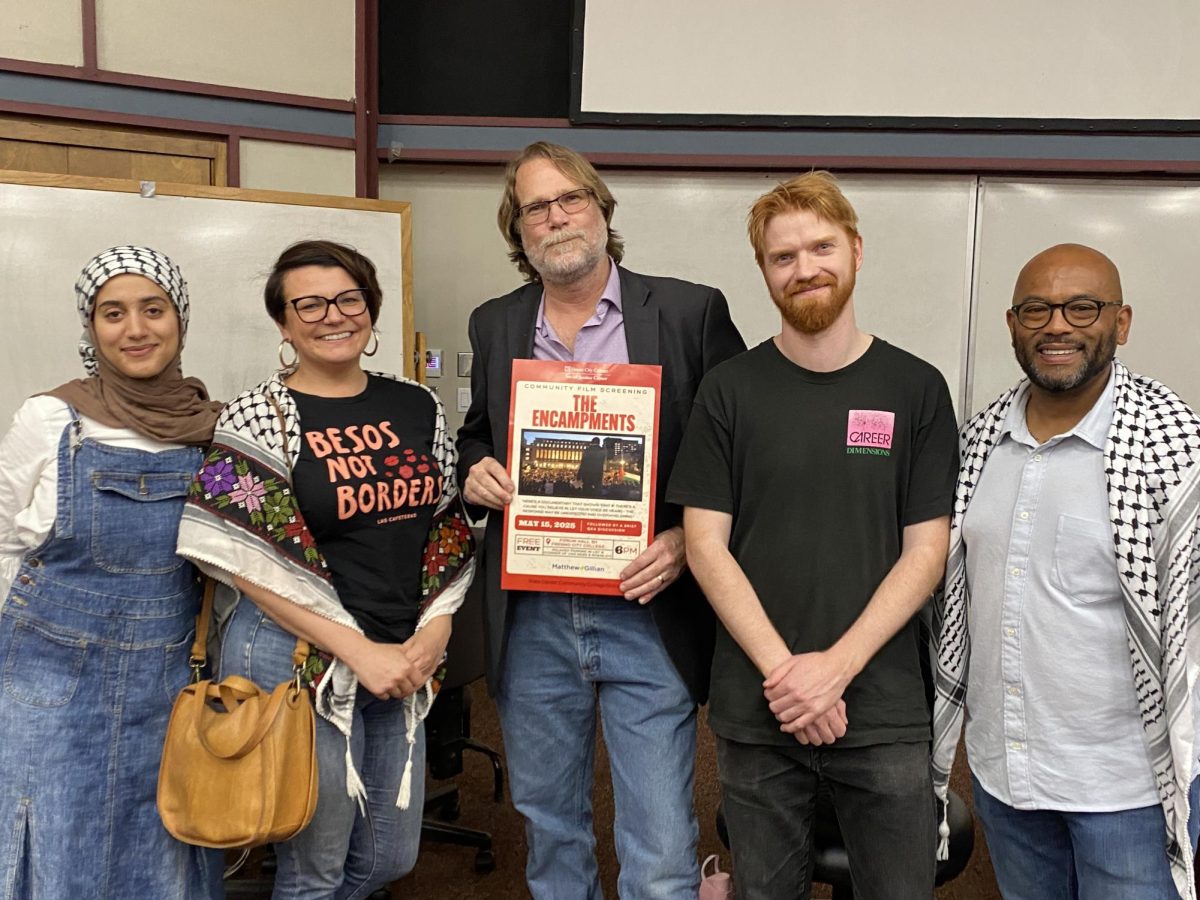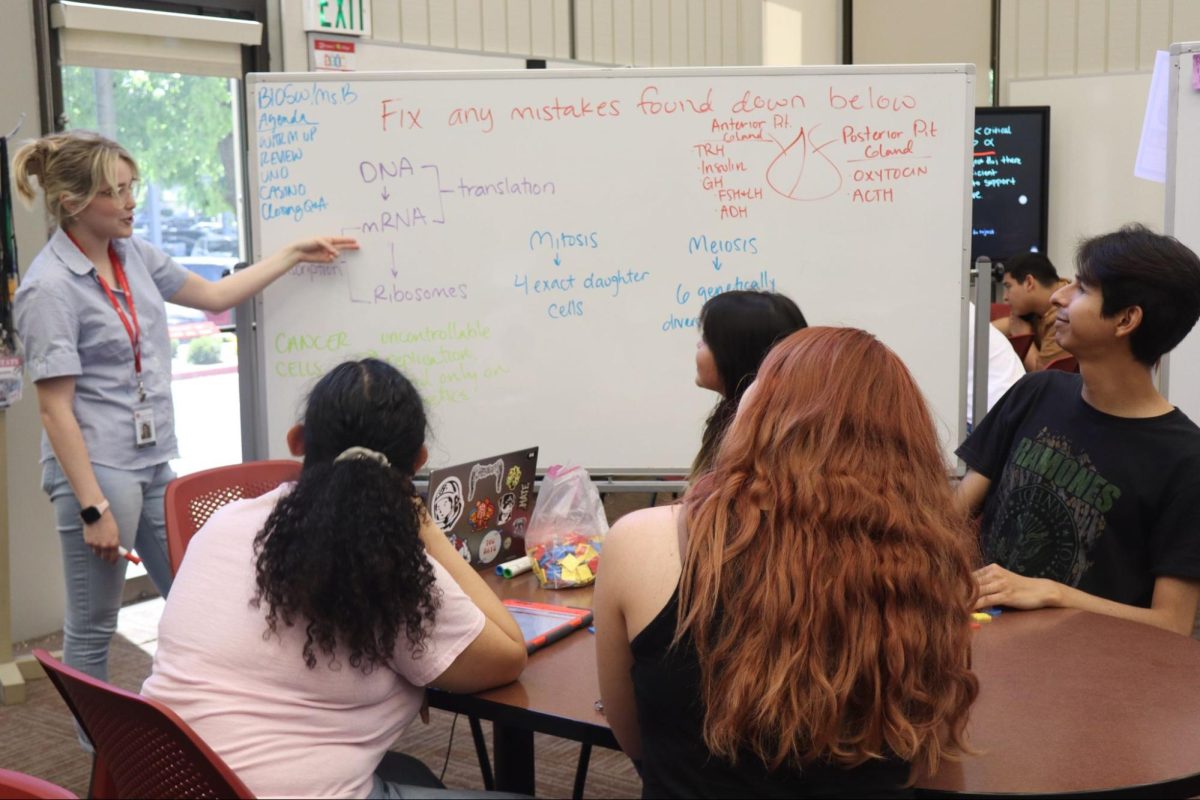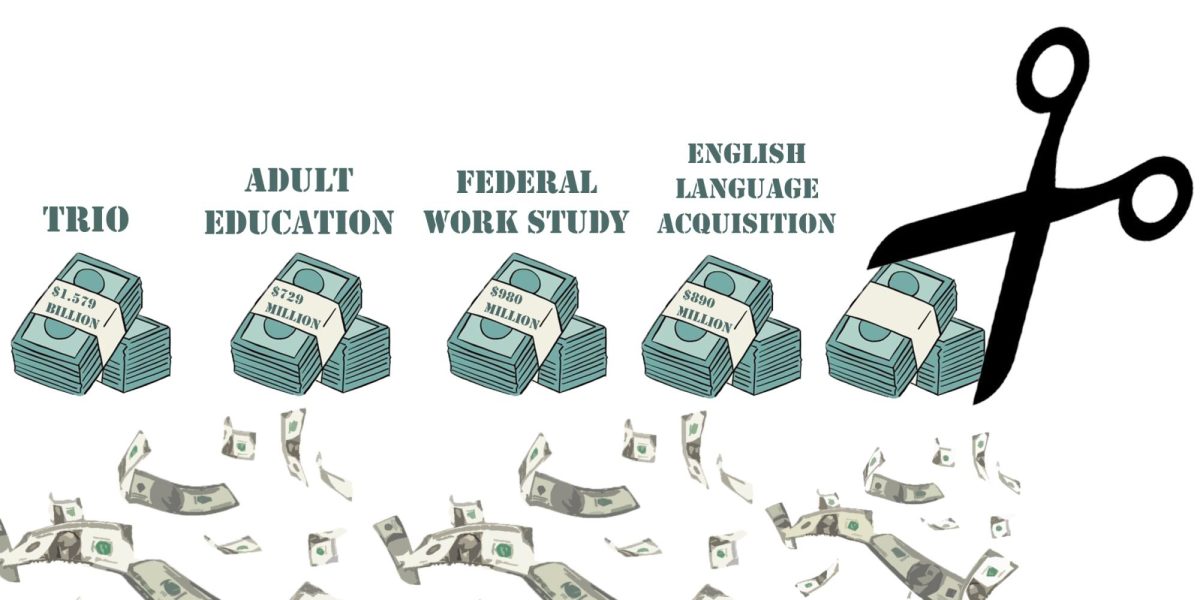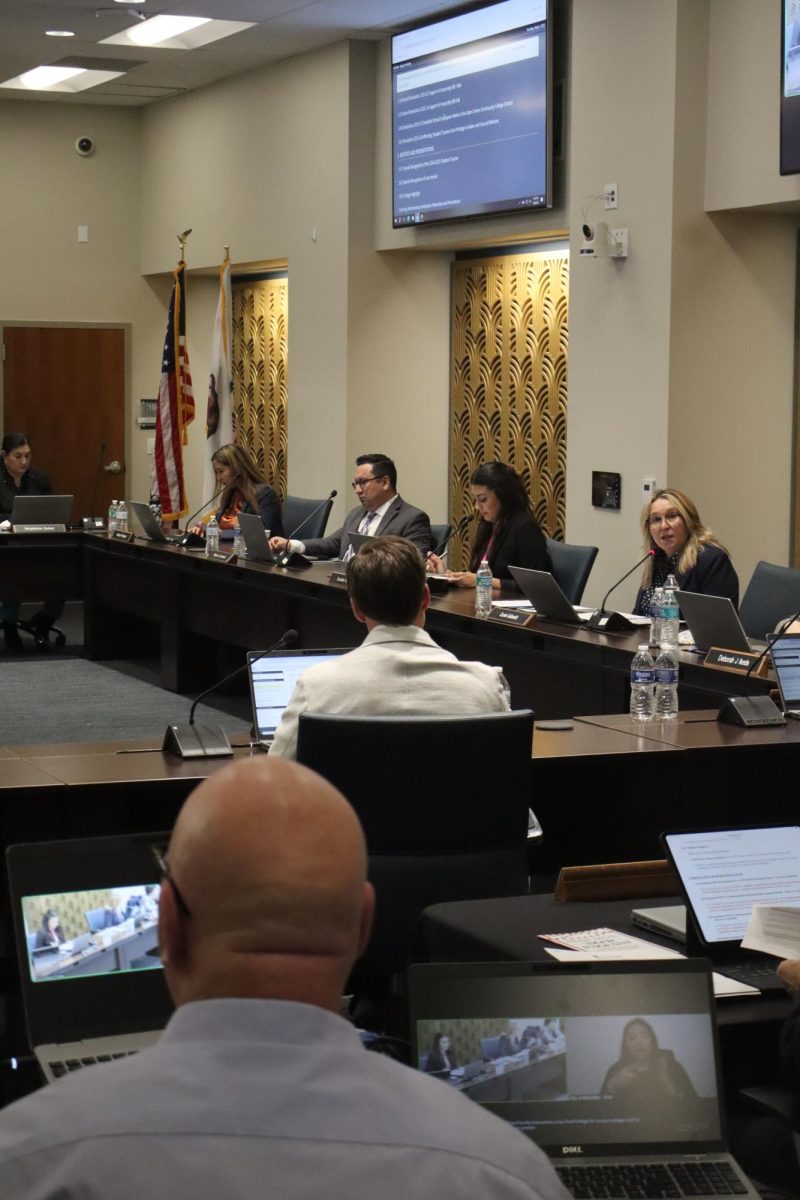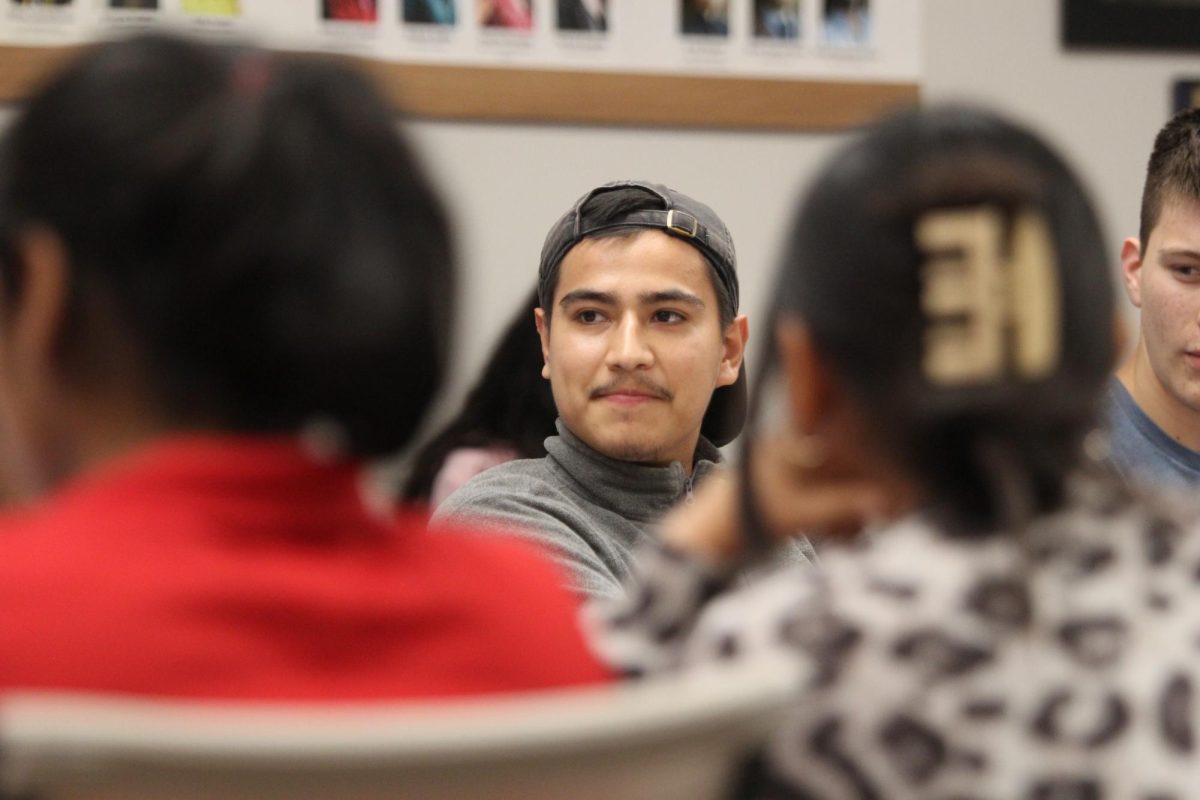Gloria Castillo, a 58 year old single mother of two is at her wit’s end. She lost her job 10 months ago and has not been able to find another job since.
Hardly a day goes by that she doesn’t scan the newspapers or attend job fairs or make calls to potential employers, but she has had no positive result yet. To make matters worse, she does not have a car and must depend on public transportation.
As a last resort, Castillo decided to enroll at Fresno City College to improve her chances. Castillo is not alone. She is one of a large number of students who are returning to college because of the economic downturn.
As the nation toughs out the worst economic stretch since the great depression, both the young and old generations seem willing to study it out. According to records, FCC received 32,005 applications for the 2009-2010 school year, 6,071 more than in the 2008-2009 year.
Frank Roman, director of financial aid at FCC said he believes that the main cause for the increase in financial aid applications and the return of many students to college is the recession. “The economy has caused a lot of young and old students to come back to school for retraining, a lot of people are losing their jobs,” he said.
Ramon said that in the 2009-2010 academic year, the college disbursed a total of $58.5 million dollars in financial awards and grants. He expects that in 2010-2011 year, his office will receive even more applications and will disburse $60 million.
Students who depend on Federal Work Study through the college could see a smaller paycheck due to a decrease in funding. Lorraine Doe, a 33 year old single mother of two who is currently finishing her transfer courses said she is hoping for a better paying job, and sees school as a way out of unemployment.
“It’s hard for single mothers; you have to work and go to school, then take care of your kids. Most single mothers just end up dropping out; you can’t deal with everything,” said, adding that she fears she’ll lose the Federal Work study job if more funds are cut. She said, “I have no other option; you can’t go out and look for a job that’s not there.”
At 12.3 percent in July, California’s unemployment rate is at its highest in decades, according to a report from the Employment Development Department. Economists are predicting that the nation is heading towards or is at the beginning of an economic downturn. The unemployment rate for Fresno County is at 16 percent, lower than earlier in the year but high enough to encourage the return of many people back to school.
Michael Guerra, vice president of administration services, said that there’s actually been a decline in enrolment in the 2010/2011 school year. He explained, “We are currently at a maximum occupancy in all class offerings, and the college is limited in its funding by the state . . . we are funded for less students.”
Gloria Castillo said she is returning to school at age 58 for a better future and to inspire her daughters to not lose out on education. “When you’re young you think you have more time…but you don’t,” Castillo said. She wants her children to get as much education as they can get. She said, “The more education you have the better job you get.”
Ms. Castillo is planning to balance work and school as soon as a job comes along. She strongly urges young people to get an education and have a positive outlook on life to do better. “Education will not fix your problems in life, but it’s very valuable,” she said. Castillo hopes that when the economy does improve, the students working hard now will have a good chance at a bright future.
But even the dream of a community college education could be further out of reach for many California residents. A report about Community College Enrollment Demand Projection 2009-2019 on the website www.cpec.ca.gov outlines that by 2016, there will be more demands on the system, to serve more than two million students each fall, compared to the current two million students annually.
In the next two years, the state could be facing 400,539 students who will not be served because California won’t be able to provide enrollment growth funding. This is an issue because 75 percent of community colleges are serving more full-time students than recommended by the state classroom standards.
Cynthia Azari, president of FCC said in an interview with the Rampage class that the college is looking for ways to cut down on the number of students it serves. Azari said, “We served thousands of students we didn’t get paid for. The legislature reduced our work loads. We were 17 percent over last year, and our goal is to be about 10 percent over this year.”

